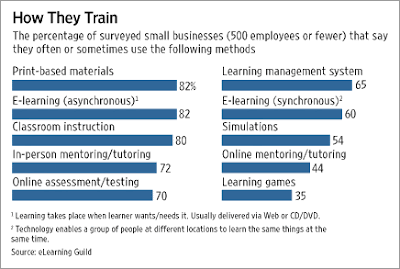I've been a little slow in blog entries so I got tagged multiple times and thanks to Janet and Cammy for passing the meme around (as per Jane's email.) Not sure just where or when this meme started. It would be an interesting exercise to trace memes and study them.
Anyway, this meme has four simple rules.
The Four Simple Rules:
Link your original tagger(s) and list these rules in your post.
Share seven facts about yourself in the post.
Tag seven people at the end of your post by leaving their names and the links to their blogs.
Let them know they’ve been tagged
So, seven facts about myself that I haven't shared before. Well before I do that, here are some links to previous memes entries.
Wake up Karl, the Meme has you.
Wake Up Karl, the Meme has you...Again
Here are seven new things:
1) Movies I enjoy watching almost all include Leslie Nielsen. Of course starting with the Airplane series and progressing (if I can use that word in this context)to The Naked Gun films to the Scary Movie saga. Always funny and engaging. I laugh everytime, I hear "We have to get this man to a hospital"..."Hospital, what is it?"..."It's a big building with patients...but that's not important right now."
or
"Surely there must be something you can do?"..."I'm doing everthing I can...and stop calling me Shirley."
As a reminder of part of Nielsen's body of work, here is a group of clips from Naked Gun and Airplane, its not all appropriate for work or even politically correct but most of it is funny.
2) I once wrote a joke book called "If Dan Qualye Can Get a Job, Why Can't I." It was a parody of all the job search books I was reading at the time. I no longer have the electronic copy but I think I have a hard copy somewhere. I think I should scan and put on the web some day.
3) All of my son's friends think its so cool that their Dad plays video games. Unfortunately my son's beat me all the time. They are great players. Currently we are playing three games in our house.
4) Speaking of James Bond, I like to drink (on occasion) a Dirty Vodka Martini Straight Up. Other times a simple Rum and Coke will do (and it has to be a coke, Rum and Pepsi is just not as good.)
5) For Christmas I got my brother-in-laws custom bobbleheads. Great gift idea. I sent in a photo and got a great realistic image of my brother-in-laws as bobbleheads. Lots of fun. You can check it out at Headbobble.
6) Even though I lived in the North all my life, I am really getting tired of snow. Every year I pledge to move south when January, February and March come along. Some day I will...maybe.
7) I've sort of, kind of, started another book. This one is about Learning in 3D and discusses Massively Multi-Learner Online Learning Environments (MMOLEs) and Virtual Worlds. The contract is not totally inked but it looks like it is going to happen...then another blog book tour which I completely enjoyed with my last book.
Ok, so who to tag
Ryan's The Learning Journal
Mark's Virtical Education
Joe's Learning Altitude
Susan's Leadership and Traning Innovations
Robyn and Brandy's DishingDesign
Ben's Learning Design and Performance Improvement
Lisa Neal Gualtieri's blog (which I don't think has a name)
And Happy New Year to All!
__
Catalog of Recommended Books, Games and Gadgets
Recommended Games and Gadgets
Recommended Books
Content Guide






































